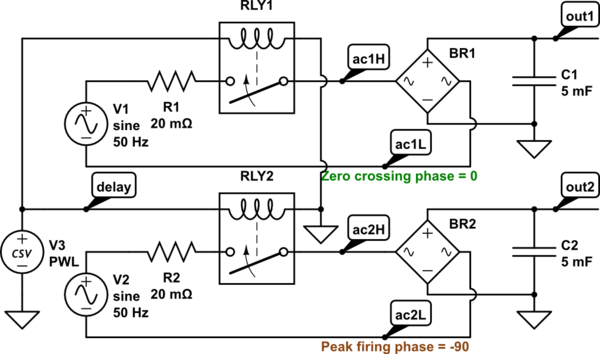If a breaker activates as soon as you reset it, then you should NOT continue to activate it repeatedly. Such actions could cause a fire. In a worst case scenario, it could fail to start a fire immediately, but cause enough damage to your wiring that a fire begins at some point in the future.
What you should do instead, is turn off whatever loads are on that breaker's circuit, and then turn the breaker on. If the breaker still trips, call an electrician.
Next, you should sum all the rated currents for all of the loads on that circuit and make sure it it is less than the rated current for your breaker.
Then turn on the loads for that circuit one by one, making a mental note of the order in which you turn them on. If the breaker does not trip, good. However, it might well trip again soon, as you did not do anything to fix whatever caused the breaker to trip in the first place.
However, if the breaker trips when you turn the loads on one by one, then something is likely faulty. It could be one of the loads drawing more current than it is rated for, or it could be the wiring is at a fault. However, for now, you can rule out the fault being in any of the loads that are still off. For the rest of this diagnostic, don't turn any of these loads back on.
Next, turn off all the loads again. Reset the breaker. Then turn on the last three loads you turned on in the last test, but turn them on IN REVERSE ORDER from the previous time. If the breaker trips, one of the loads you turned on is faulty. Have someone qualified come and test them further.
Although it is possible for you to repeat the tests above, turn on all the potentially suspect loads in different orders, until you possibly eliminate all but one, I do not recommend it if you have more than three potential suspects. Again, there is a danger that you are damaging insulation every time you overload the circuit and trip the breaker. However, it is also possible that one of the loads is faulty enough to draw more current than it should, but not faulty enough to trip the breaker by itself. Testing using the method described might not even discover such a fault. Rather than risking damage to the wiring, it would be better to get someone qualified to test the actual current in each load. If you have a clamp ammeter, it will NOT work to simply clamp around the utility cord of appliances. Current flowing one way in the live wire will be flowing the opposite way in the neutral, and they will appear to cancel each other out in your meter. You need a special wire or device to place between the plug of your appliance and the wall socket, in order to make such a measurement. Someone qualified may have such a special wire or device, or may be able to make and use one safely.



